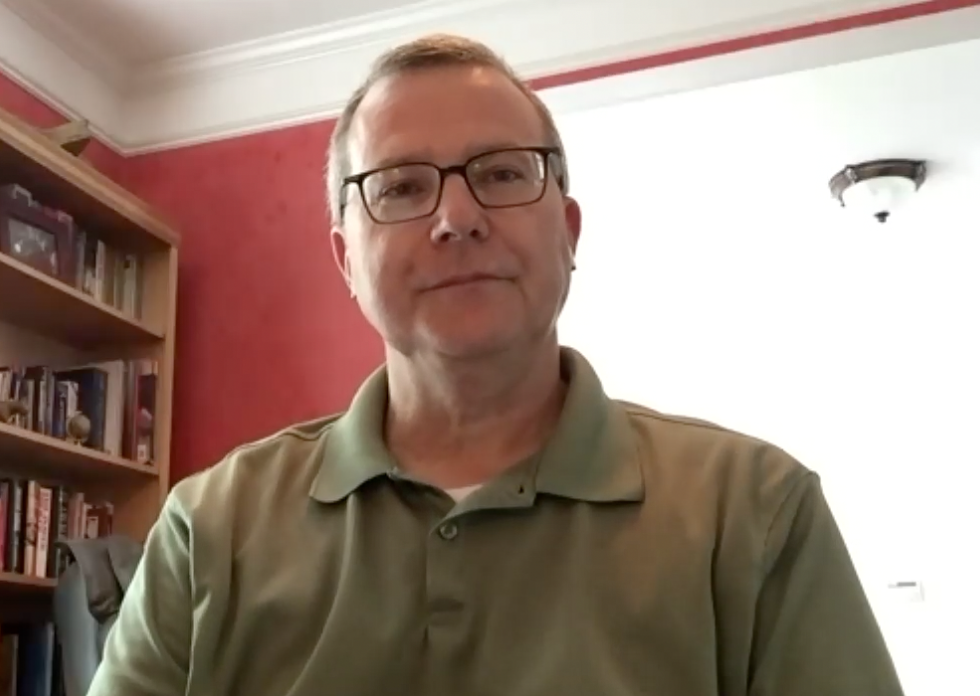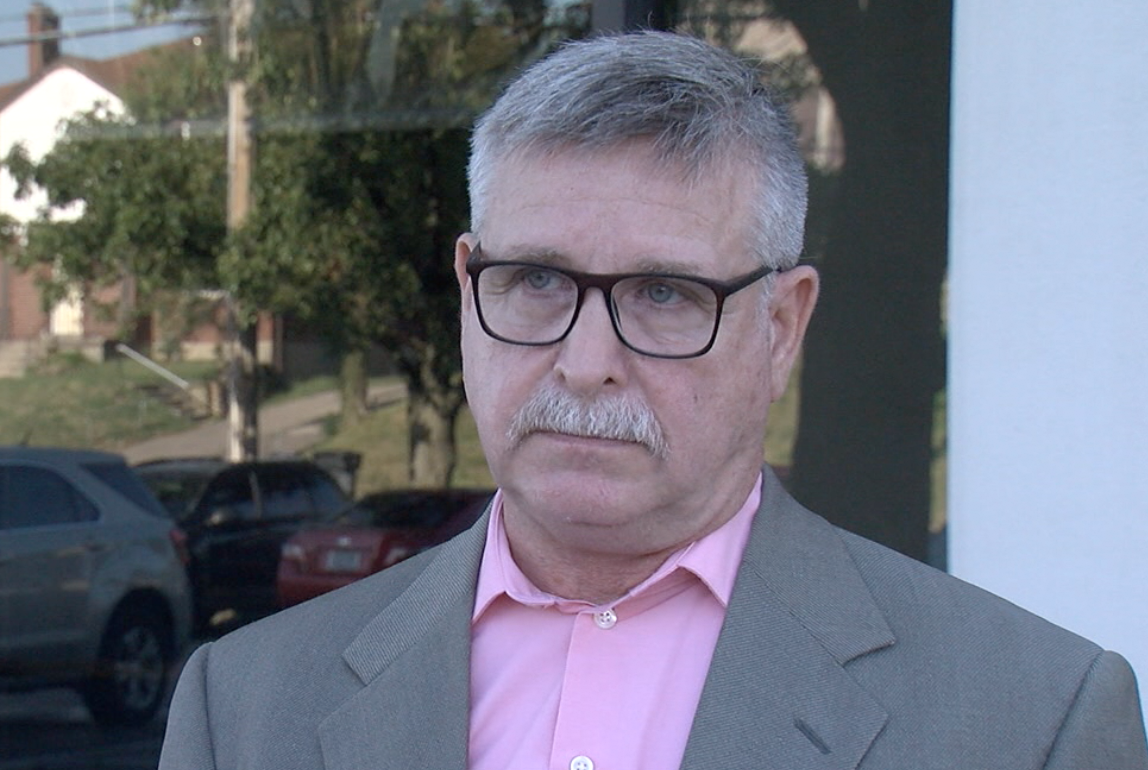CINCINNATI — More than 3,700 caregivers at long-term care facilities in Ohio tested positive for COVID-19 last week, worsening a labor crisis that has some operators worried about keeping their doors open.
“I would almost call it desperation,” said Pete Van Runkle, executive director of the Ohio Health Care Association which represents more than 1,200 nursing home, assisted living, and home care providers.
Many caregivers quit the industry during the pandemic due to burnout from long hours, high stress and health concerns. Operators are now trying to fill those vacancies plus additional staffing call-outs caused by COVID sickness and quarantine.
“There’s just an incredible amount of pressure on them right now and they are struggling,” said Van Runkle, who fielded panicked calls from nursing home operators over the holidays who worried if they had enough staff to care for residents.

State officials approved emergency staffing help this week for long-term care facilities, which would provide temporary agency workers in crisis situations.
“This approach will provide a backstop for facilities if there is a true emergency that endangers residents,” Van Runkle said. “It is not aimed at the day-to-day staffing challenges that virtually all of our members are experiencing.”
Bob Vines, managing ombudsman at Pro Seniors of Southwest Ohio, said he recently got a call about a nursing home that didn't provide an evening meal to residents because there were no kitchen workers. The nursing home operator later ordered pizza for residents and staff.
“The things that you hear about will break your heart. People are just sitting in bed, not getting up. Not getting fed. Not getting bathed. The basic stuff. Not getting changed,” Vines said. “It is getting worse and it’s really, really awful right now.”
In 2021, Pro Seniors, which oversees facilities in Butler, Clermont, Clinton, Hamilton, and Warren counties, saw a 10 percent uptick in complaint calls – ranging from not allowing family visits, to the involuntary discharge of residents to emergency homeless shelters. Vines noticed an uptick in the use of tranquilizer medicine to make behavioral issues with nursing home residents more manageable.
“I think it remains a dire situation. There are still people not getting basic needs met,” Vines said. “Staffing is down for a lot of reasons. COVID is way up and staff is calling in sick. There’s that, and then there’s also a lot of people just leaving the field … so no staff means, no care.”

The number of COVID cases inside Ohio’s nursing homes jumped 68 percent during the last week of December. And then rose an additional 57 percent last week, with 3,759 staff cases and 2,064 resident cases, according to Ohio Department of Health data.
Van Runkle expects those numbers to rise substantially again this week, to mirror the general transmission rate.
“Really 65 percent of these cases in long-term care facilities are staff. And when they are out for a period of time - that’s the biggest problem,” Van Runkle said.
The Ohio National Guard is available to help nursing homes, but Van Runkle said the service was not widely publicized and until recently had only been available for emergencies on weekdays from 7am to 7pm.
He predicts the state-funded temporary agency help that officials approved this week will be a big help to nursing homes that experience a staffing crisis.
“It would mean they have a backstop,” Van Runkle said. “They’re in crisis mode already. That’s how they’ve been functioning for a while. But if it gets beyond that to a level of an emergency, there is now something they can do.”





